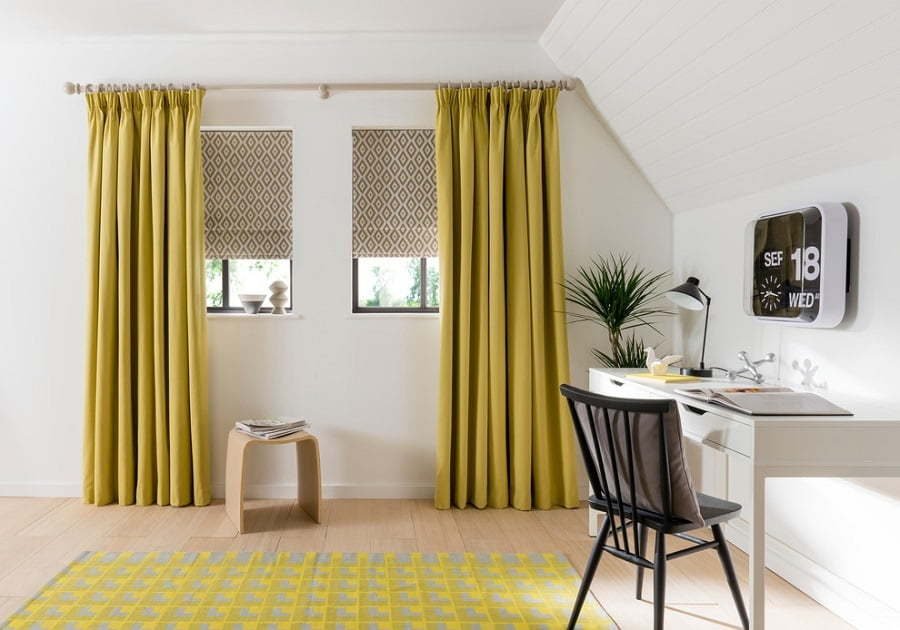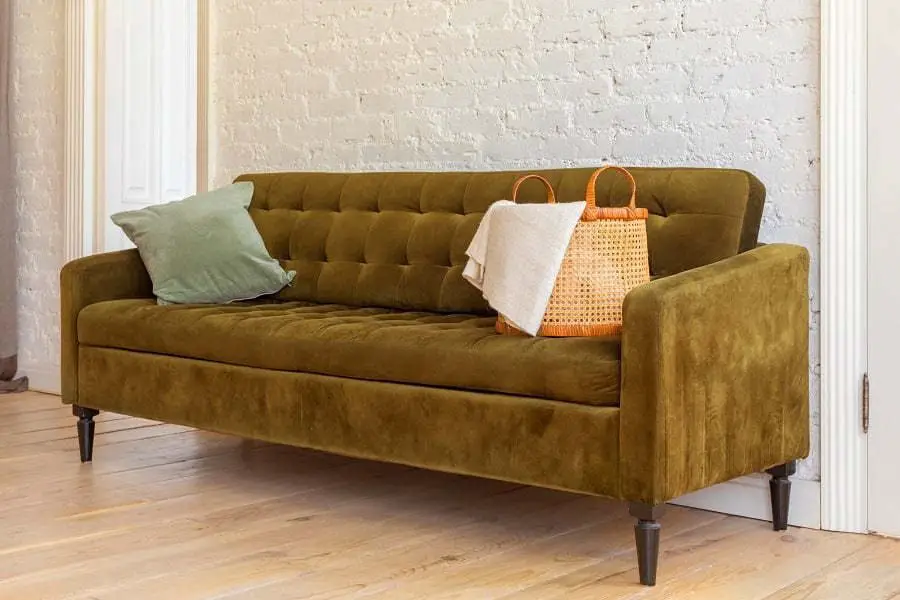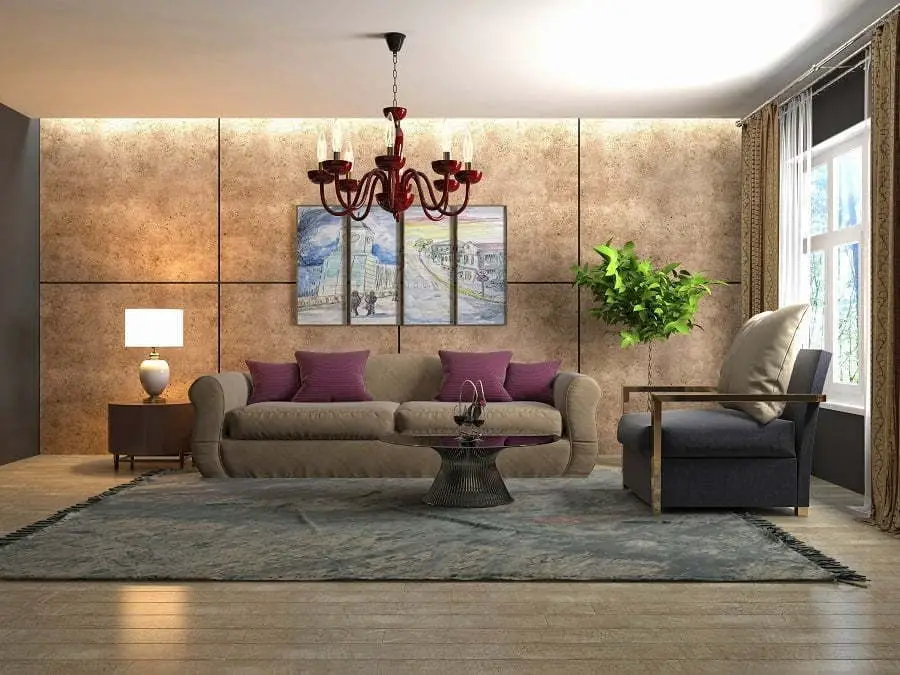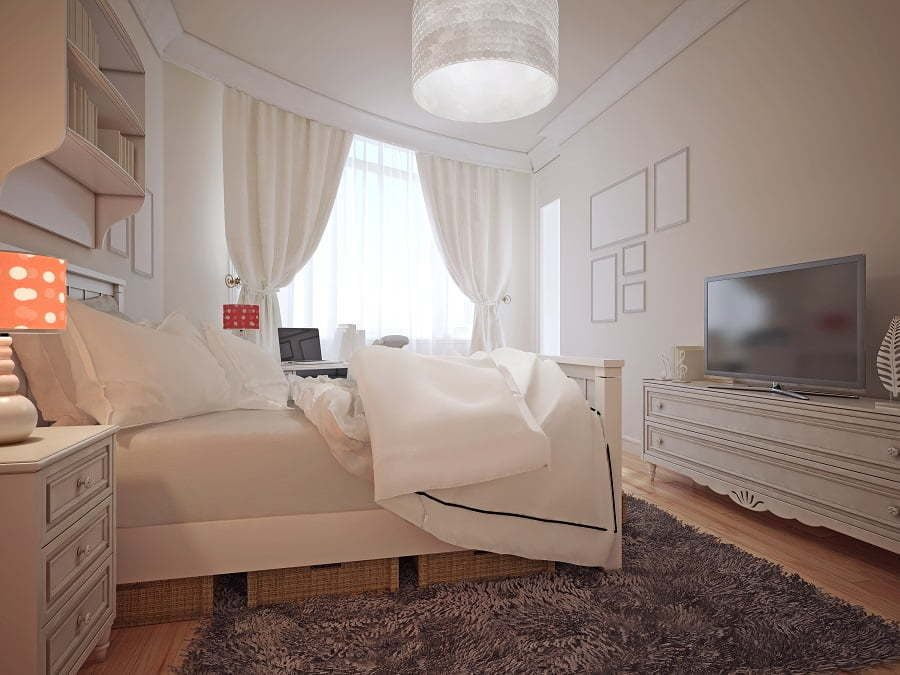Last updated on
Here are the color schemes that go well with mahogany furniture in your interior design. We have 10 great ideas to consider and choose from. Read on!
Mahogany furniture (much like cherry wood) provides class and a touch of luxe. You don’t want to mess with that in your decor lest you make it look tacky. A wise choice of color scheme can emphasize the luxury of mahogany and get more value from it.
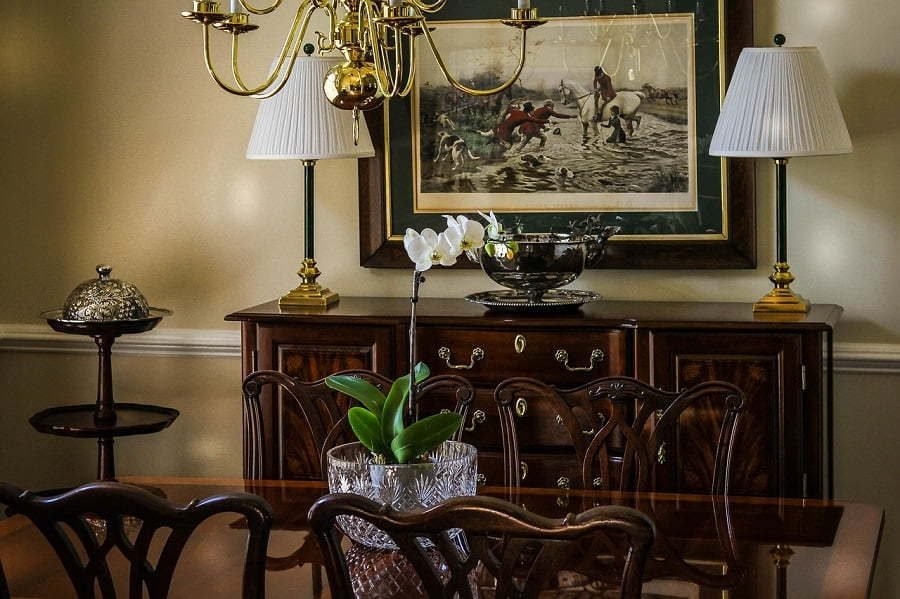
Mahogany and Warm Gray
Red is a warm gray undertone, so that warm gray walls are connected to mahogany furniture intrinsically. Function in a den, warm-gray, light walls, warm-gray curtains, and chairs in dim.
The greenish undertone of yellow ochre fits with Mahogany and beige or medium raw umber, which often have greenish undertones—pillows in a yellow ochre and Indian red design coordinate well beige sofa. The orange colors, including walls in brown, light coral, peach, and soft adobe, provide a warm, analogous background for candy furniture.
Green, Olive, or Mint Green
The green walls provide a different background for mahogany furnishings. Take light green-gray paint in a living room, which gives full tonal contrast. Soft green-gray curtains blend with walls, while the space is complete with a dark olive couch.
Other Greens
Green and red are complementary decorative colors. The natural color of Mahogany has deep red tones that complement the green color. Pierre Finklestein suggests mixing mahogany furniture with green shades, like olive green, for a darker overall space or wise green, in his “Designer Faux Finishing: Ideas Inspiration for Sophisticated Surfaces” The green color matches the furniture’s rich redness.
Cool Gray Slate or Robin’s-egg Blue
The blue-gray slate combines with mahogany furniture to provide a smooth, cool-tone pattern. Consider light gray slate walls and have vivid green-blue accents, such as pillows and vases, if the gray slate has a greenish undertone. Robin’s-egg grey, green-blue, and almost complete with cockroach furniture is also a good fit.
Blond Woods
To establish a sense of balance in a space with coffee table furniture, use light wooden furniture or floors. Caroline Atkins recommends that dark wood meals like Mahogany be mixed with softer, golden woods like pine or oak. The contrasting wood colors are mutually balanced. Use pale ash or beech with cockroaches to highlight cockroach furniture.
Orange Reds
Increase the red tones of mahogany furniture by incorporating room red accents. Red is a stimulating color, but it may be too distracting to paint all four walls red in a mahogany room.
Blues
Although blue shades can fit mahogany furniture, bolder blues are preferred. We propose to use pale blue with light woods but to use darker blue colors for the Mahogany. Combining a dark blue hue with Mahogany makes a room feel more comfortable, but in a bright place with a lot of light, this combination should keep the room too dark or small.
Tones of Wwood
Each wood type has its color and grain pattern, and the stain can also modify the color. For decades, furniture makers have used varnishes and paints to improve the quality of grain and alter the wood’s color. The stains sold at the centers of home improvement are commonly used to simulate the wood styles, such as maple, cherry, walnut, café, ebony, oak, and fruitwood.
Wood furnishings could also develop over time, a rich skate that gives depth and complexity to the surface. This is always absent in new woods and furnaces, but even overall tones are colored in yellow, orange, red-brown, blue brown, or dark brown.
To select wall colors or fabrics to upgrade your wood bits, consider the finish’s overarching colors to guide your choices. It would be best to decide whether you prefer the drama of an advanced color scheme or the abundance of low-contrast combinations. And don’t worry about all the wood parts in a room match. The overtime look of mixed woods is ideal for spaces that have a casual and pleasant atmosphere.
Contrast
An apparent variation in colors and wood tones in a room will differentiate the wood furnishings or floors. A dark finish such as walnut or cherry stands out against light colors, for example, pale green or blue or a shade from the wheel’s sunny side. Similarly, softwood shows up darkly or intensely on the walls.
In comparison, furniture draws more attention, a bonus if you have a fine piece to concentrate on. However, if you have plenty of dark furnishings in a bright-colored room, the space can feel busier than if the furniture was blended.
To eliminate the look of dark wood from light walls or light furniture from dark walls, arrange furniture in an organized manner and streamlined it to offset a crowding feel. To ensure high contrast with medium tonal finishes, maintain a soft and light wall color, creating the full difference between wood color values and the wall.
You may also use the colors for the wall colors in the finish of the furnishings. For example, the dominant color in wood seems to be red. A green background enhances and intensifies the wood’s tone. The gold-yellow woods look stunning against warm red and earthy greens, teal, and aubergines.
Brown woods with yellow undertones equate to walls of butter, and they stand out for high-contrast drama. Ancient forests with a patina that offers depth and complexity sometimes combine multiple tones, meaning that they look good with different light or dark colors.
Subtle Accents
Hues of equal strength or meaning create little contrast. However, this does not necessarily mean that the furniture blends into the background. For example, when you place a dark mahogany or ebony table against a deep red or blue-green wall, you build a dynamic balance of two hues of equal power.
The value of the color of the wood is the value of the wall. It worked with medium-brown wood and muted or medium-tone colors; the subdued tones diminish the effect.
A hot, neutral color like a taupe, mushroom, or khaki, in a medium brown forest, carry the rich, toasty notes out. The furniture appears beautifully, but the effect is still low-key, creating a different kind of drama from the strongly contrasting one.
Related:
